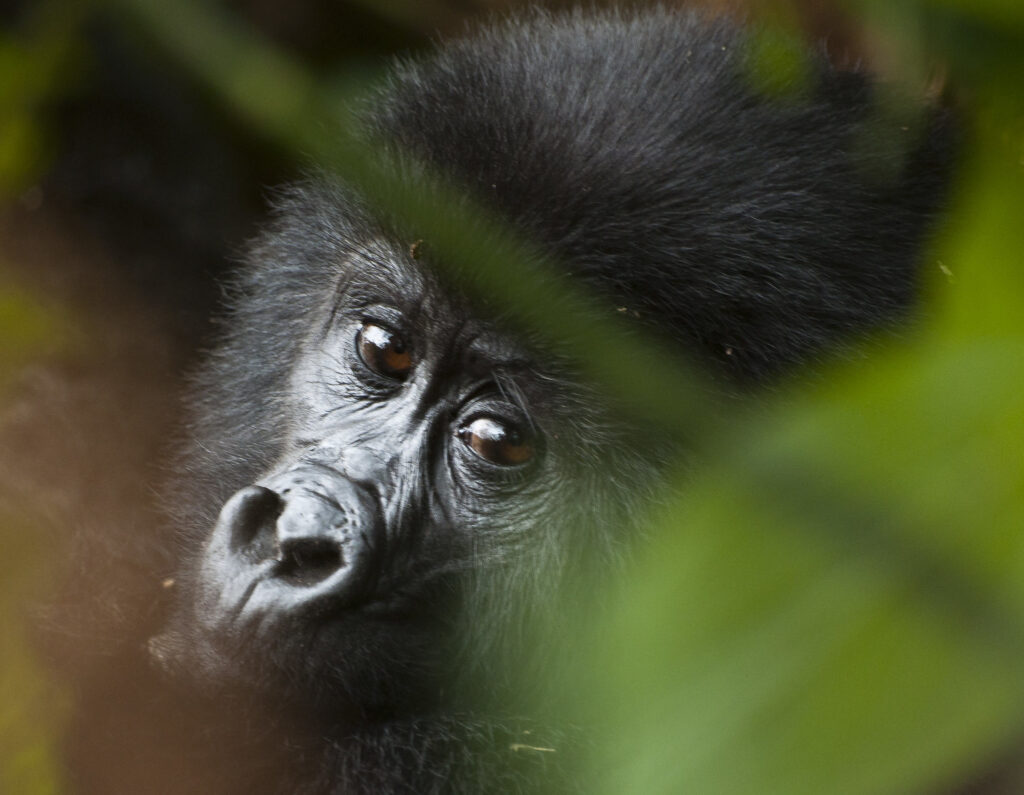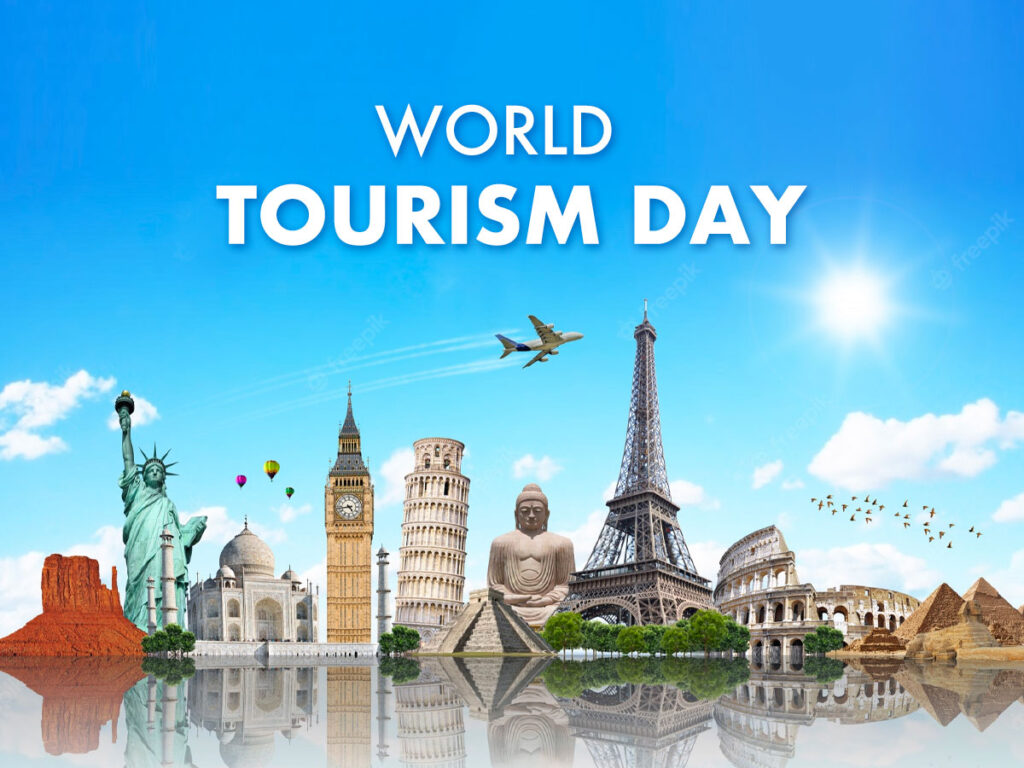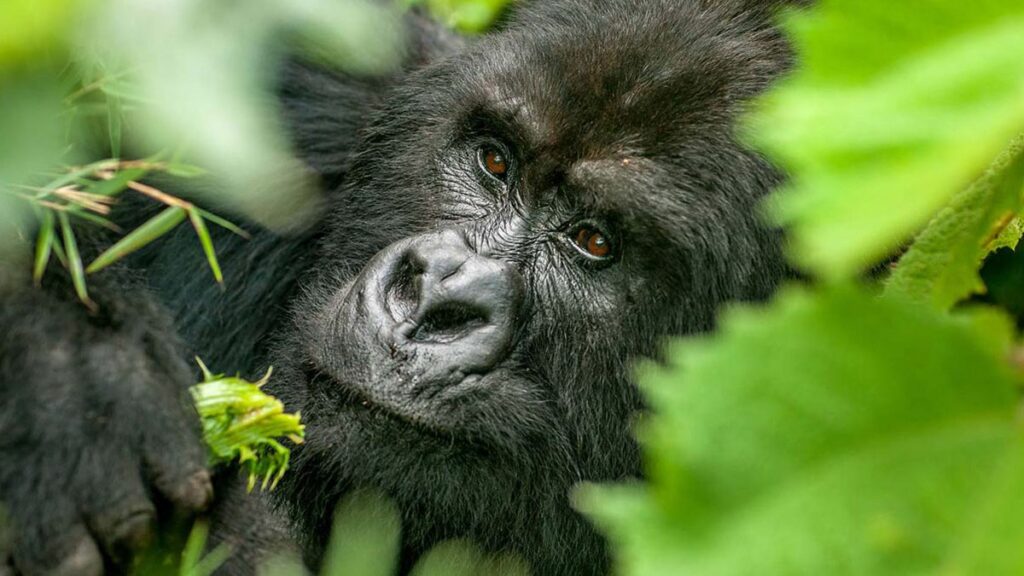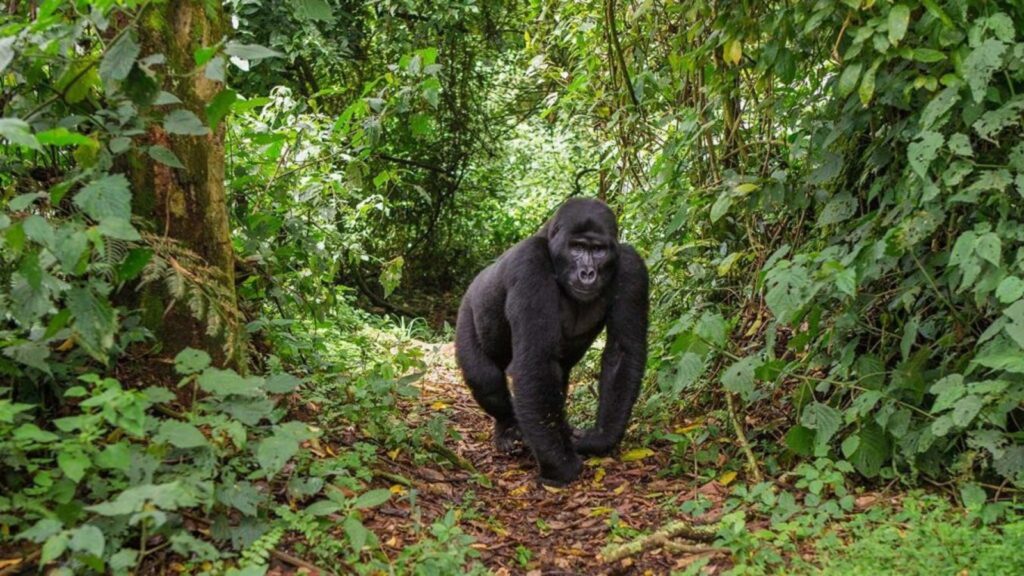Gorilla Trekking Conservation – How Your Visit Supports Protection
Every time you go gorilla trekking, you’re not just enjoying a thrilling adventure. You’re also supporting one of the most important wildlife conservation efforts in Africa. Mountain gorillas were once on the brink of extinction. Today, thanks to responsible tourism, their numbers are rising.
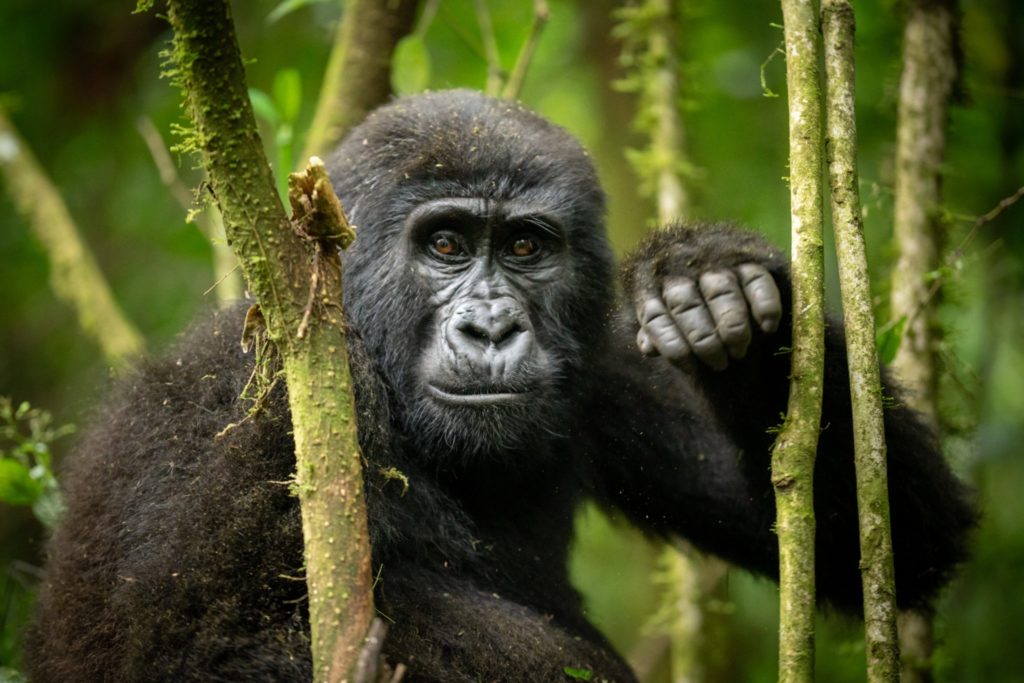
Where Conservation Begins
Mountain gorillas live in only three countries: Uganda, Rwanda, and the Democratic Republic of Congo. They face threats from habitat loss, disease, and poaching. Gorilla trekking helps turn these risks into opportunities for protection.
Park authorities use funds from trekking permits to monitor, study, and safeguard gorilla families in the wild. Trained rangers track the gorillas daily. Veterinarians from programs like Gorilla Doctors treat sick or injured individuals. Your permit helps make this possible.
How Your Permit Makes a Difference
When you buy a gorilla trekking permit, a portion of that fee goes directly to conservation. In Uganda and Rwanda, about 10–20% of the permit revenue is shared with local communities near the parks. This helps fund schools, health clinics, clean water projects, and small businesses.
The support encourages residents to see the gorillas as a valuable, living resource—not as a threat to their land or crops. Fewer people engage in poaching or deforestation because they now benefit from protecting the gorillas.
Empowering Local Communities
Conservation doesn’t work without people. Rangers, trackers, porters, guides, lodge staff, and even craft vendors rely on gorilla tourism. Every trek creates jobs in remote areas where employment is limited.
When you visit, you help support hundreds of families. This economic benefit strengthens local commitment to keeping the parks safe and healthy for future generations—both human and gorilla.
Gorilla Habituation and Research
In Uganda, the Gorilla Habituation Experience gives tourists a longer visit with a wild gorilla group still getting used to humans. The fees help cover the intense monitoring needed during this phase. Researchers gather data on behavior, health, and group dynamics, which helps improve protection plans.
Tourists indirectly support science by funding these programs, which are vital for long-term species survival.
Minimizing Your Impact
Responsible gorilla trekking follows strict rules. Visitors stay 7–10 meters away from the gorillas. Group sizes are limited to 8 people. Visits last only one hour. These guidelines reduce stress and prevent disease transmission to the gorillas.
You support conservation simply by following these rules and treating the forest with care.
Conservation Beyond Trekking
Many lodges near the parks invest in eco-friendly operations and community initiatives. When you stay in these lodges, your money goes even further—toward tree planting, clean energy, cultural preservation, and anti-poaching patrols.
Buying local crafts, hiring porters, and tipping guides fairly are small acts that create lasting impact.
Conclusion
Gorilla trekking is more than a once-in-a-lifetime experience. It’s a powerful tool for conservation. Your visit protects endangered gorillas, funds critical research, and empowers local communities. By choosing ethical travel, you become part of the success story of Africa’s mountain gorillas.

